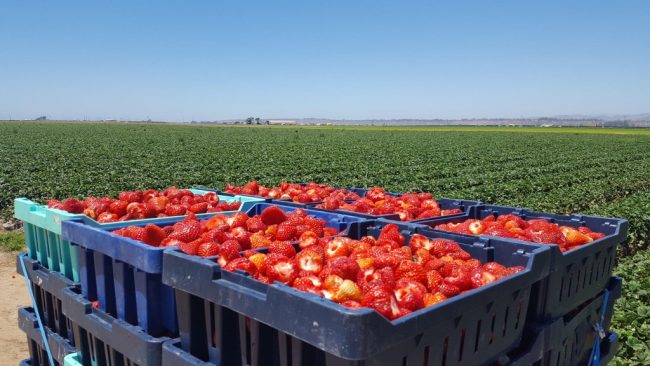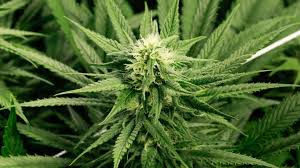More Facts About the “Dirty Dozen” List
New So-called “Dirty Dozen” List is Baseless
News Release
To everyone that has read about the “Dirty Dozen” list and is now confused and conflicted about buying the more affordable and accessible fruits and veggies, this blog is for you. Keep in mind that the “Dirty Dozen” list is designed to make you worry and be fearful. After all, fear is a very powerful motivator, and the list authors attempt to increase safety fears to motivate and influence consumers’ produce buying decisions.
So here are some facts about the “Dirty Dozen” list that underscore you can consume either conventional or organic produce with confidence. Both are safe, and the right choice is to eat more every day.
- Arbitrary Methodology: According to Dr. Carl Winter, toxicologist, University of California, Davis.: “This year’s EWG list is produced using the same arbitrary methodology the EWG has used in the past. Most importantly, the EWG focuses upon the presence (or absence) of pesticide residues in its methodology and public statements rather than on the actual amounts of pesticides detected, which are extremely low. To accurately assess consumer risks from pesticides, one needs to consider three major factors – 1) the amount of residue on the foods, 2) the amount of food consumed, and 3) the toxicity of the pesticides. The methodology used by EWG ignores all three.”
- Meet Organic Standard: Did you know that the vast majority of conventionally grown produce tested by United States Department of Agriculture could qualify to be labeled “organic,” specific to their residue levels? It’s true. The USDA allows organic produce to have residues that are “less than 5% of EPA tolerances” and the majority of residues found on conventionally grown produce are below this level. This nicely illustrates how low residues are, if present at all.
- You Can Eat A Lot of Kale: If you are concerned about residues on kale, you would have to eat a lot more each day to see any health effects. In fact, a man would have to eat 26,061 servings in a day.. Click here to continue reading and to like and share this blog post.















 Thorne: That’s right. Conventional and organic alike, wash them before you eat them. It’s a healthful habit that everybody should follow for various reasons. And the U.S. Food and Drug Administration (FDA) clearly states that you can reduce or eliminate any residues that may be present on fruits and vegetables, simply by washing.
Thorne: That’s right. Conventional and organic alike, wash them before you eat them. It’s a healthful habit that everybody should follow for various reasons. And the U.S. Food and Drug Administration (FDA) clearly states that you can reduce or eliminate any residues that may be present on fruits and vegetables, simply by washing.







